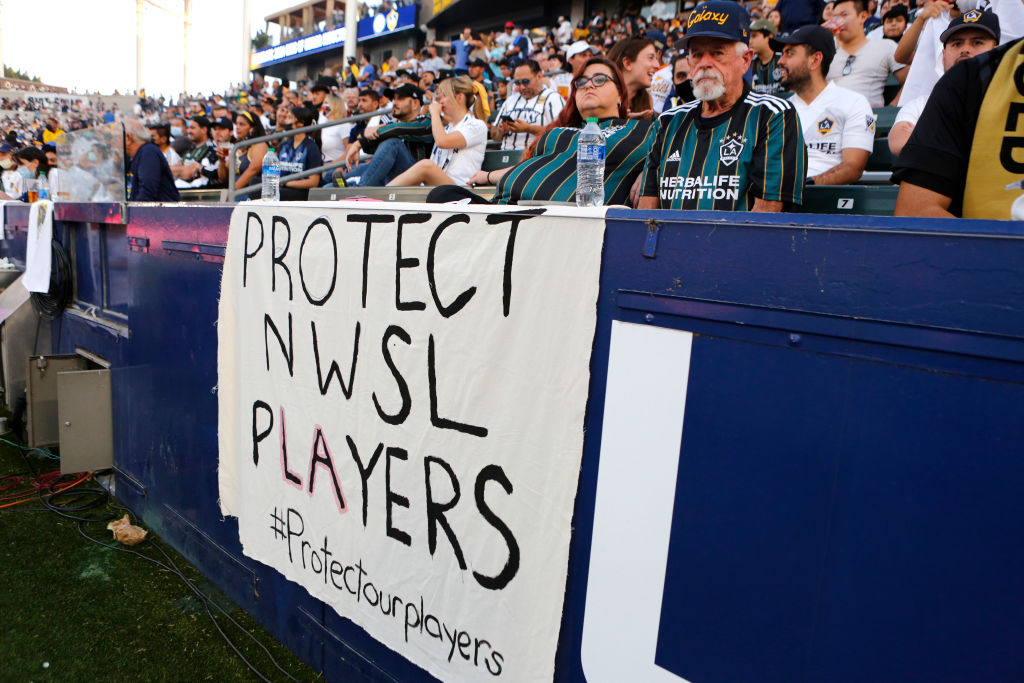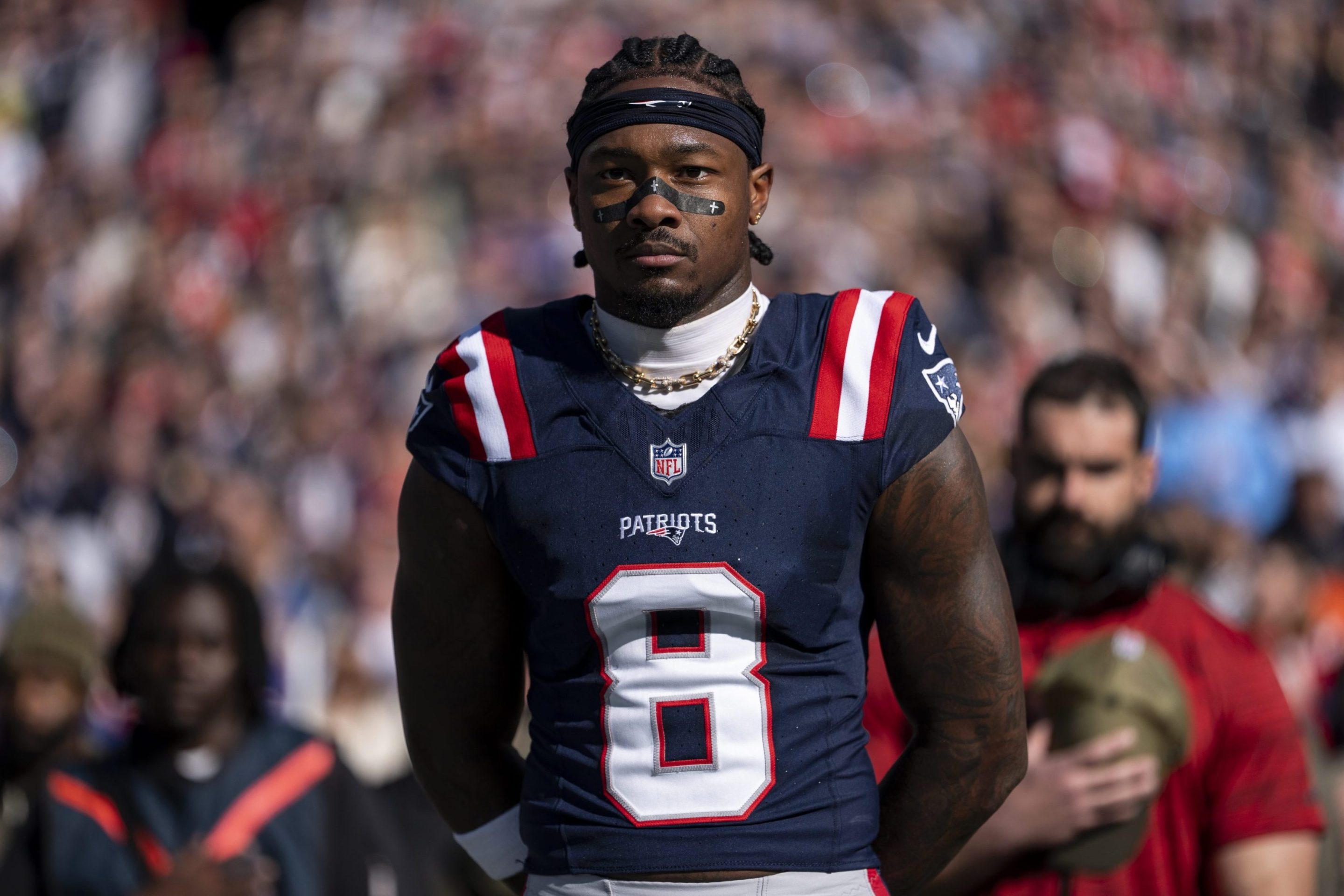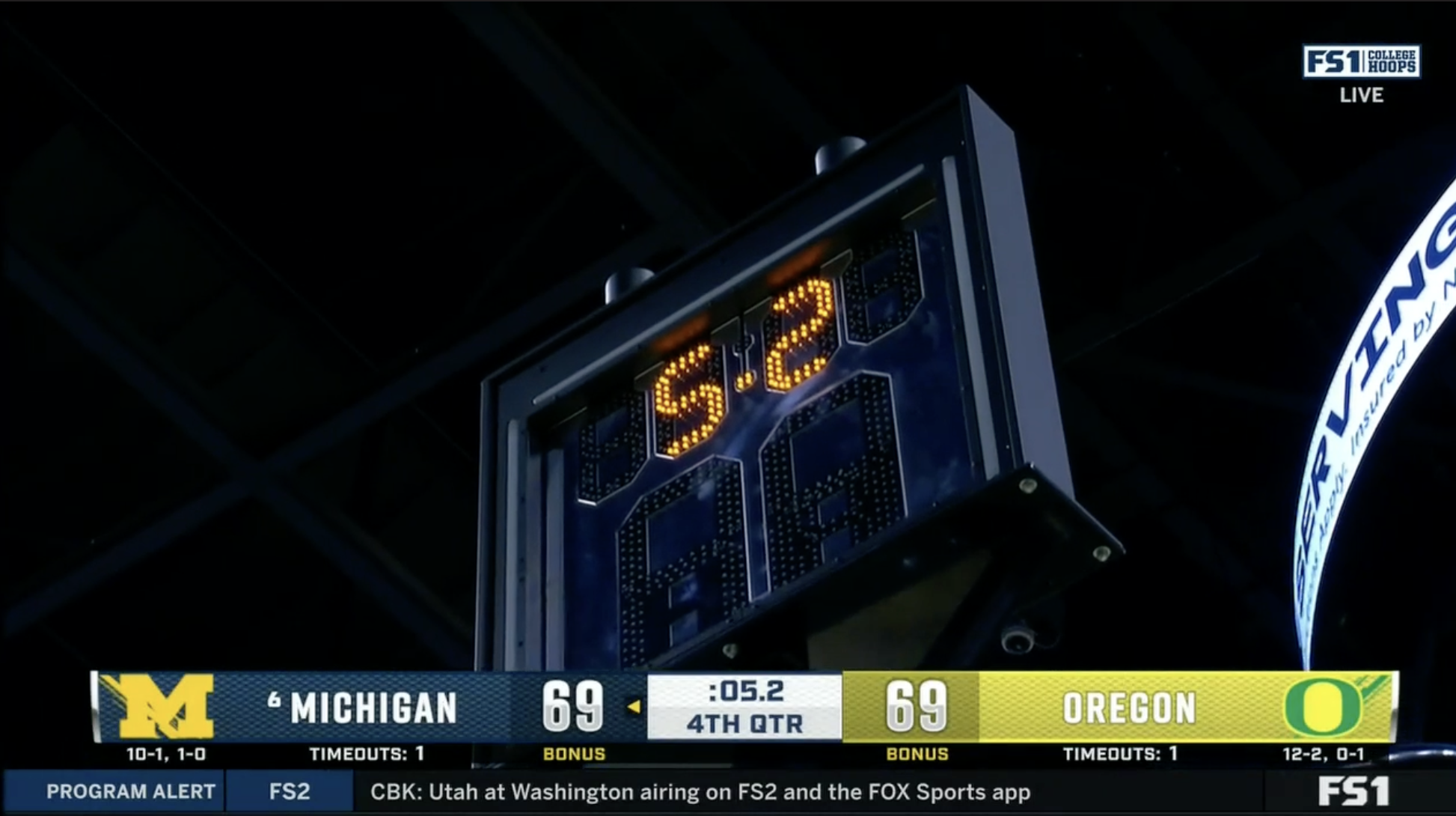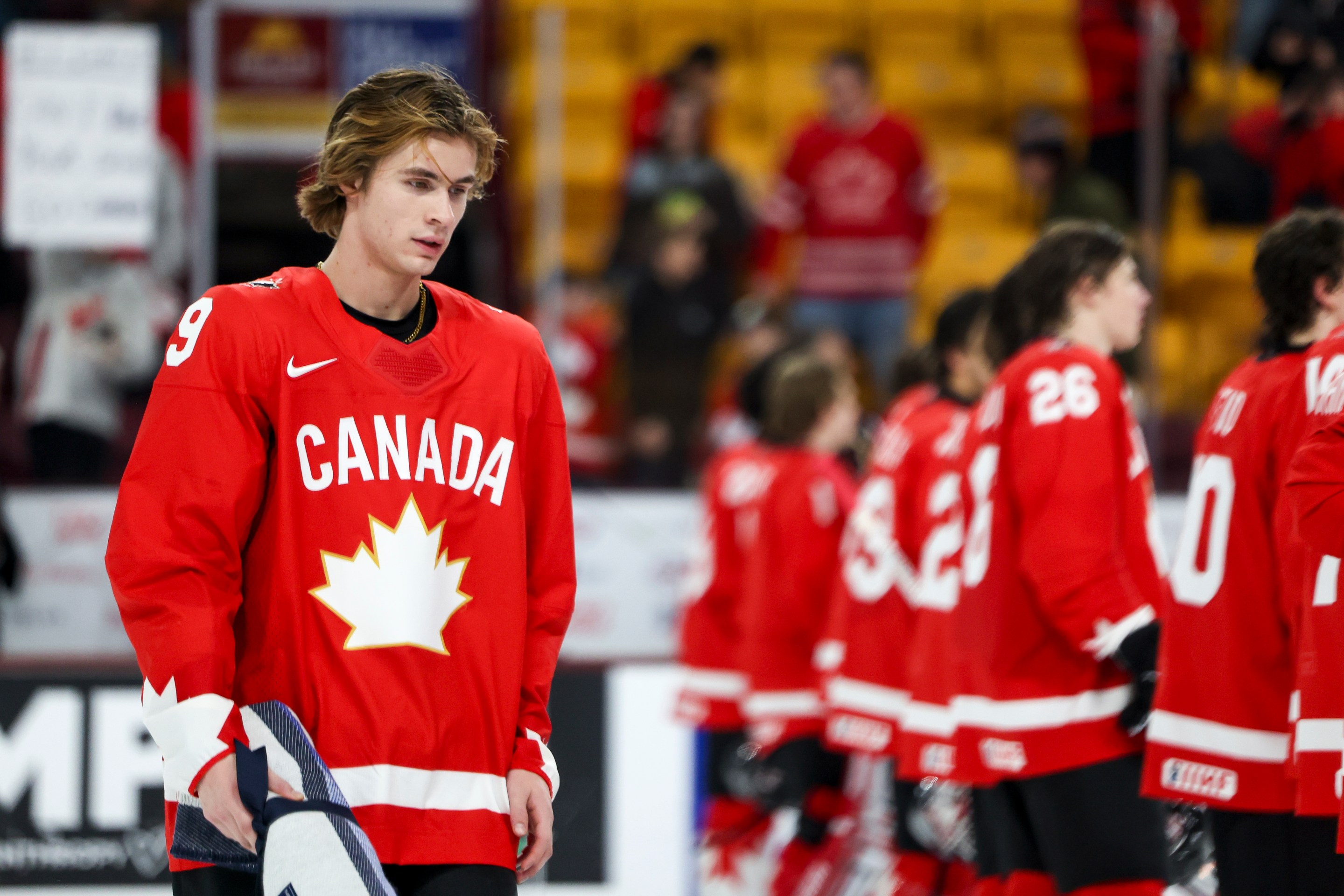Last Thursday morning, a bombshell piece in The Athletic shook the National Women’s Soccer League. The story detailed alleged instances of emotional abuse and sexual coercion suffered by former Portland Thorns players under the management of current North Carolina Courage coach Paul Riley. The fallout from the story has been immense, beginning with the Courage terminating Riley and the U.S. Soccer Federation revoking his coaching license. Games scheduled for this past weekend, which would have likely solidified both the Shield race and playoff positions, were suspended in a collaborative decision by both the NWSL and the NWSL Players Association. On Friday evening, commissioner Lisa Baird, who reportedly knew of the allegations against Riley almost six months ago, handed in her formal resignation.
In a public statement on Thursday afternoon, Baird said she was “shocked and disgusted to read the new allegations detailed in The Athletic.” But the story itself is a detailed account of the ways both the previous NWSL administration and multiple club front offices dismissed the concerns of Sinead Farrelly and Mana Shim over the course of six years. Both players, with the help of USWNT superstar—and teammate at the time—Alex Morgan, submitted complaints back in 2015 and again in 2021 in an attempt to urge the league to take steps to protect Riley’s current or future players from the possibility of abuse. What they received back was a missive saying the investigation had been closed and would not be reopened.
That the league feigned ignorance about Riley was just cause for Baird’s termination, but her tenure looks even worse in the context of other controversies. Just this year, Gotham FC General Manager Alyse Lahue was fired for violating the NWSL’s anti-harassment policy, Washington Spirit head coach Richie Burke was found to have perpetrated verbal and emotional abuse against his players, Racing Louisville head coach Christie Holly was fired for cause, and OL Reign head coach Farid Benstiti was asked to resign due to inappropriate comments made to players. Benstiti’s behavior was only made public this week in a story in the Washington Post, and Burke was going to be allowed to move into a different front-office role until he was fired after the Post published a story about his mistreatment of players.
Of the four figures dismissed, three of them had a history of behavior that should have barred them from getting jobs in the first place. Burke had multiple allegations of verbal abuse made against him at the youth level, USWNT midfielder Lindsey Horan had been open about her bad experience with Benstiti when they were both at Paris St. Germain, and Holly left his position at Sky Blue FC in 2017 under a cloud of scrutiny that ended with him in a relationship with the team’s captain at the time, Christie Pearce Rampone. The NWSL's current reckoning is not so much a case of skeletons being pulled from the closet, but of players finally demanding that people start noticing the bones that have long been on full display.
If the facts seem damning, it’s because they are. Men with histories of abuse were allowed to continue to have jobs in the NWSL where they could harm more players. The much-lauded anti-harassment policy that unseated Lahue, Holly, and Burke was reported in The Athletic's article to actually have been created this year at the behest of the players, and was not a proactive measure from the league. The NWSL has been exposed for operating at an intersection of ineptitude and malice that has left players stuck in between needing the league to survive, and needing everything holding it up to collapse.
This is without a doubt the largest push for accountability women’s soccer in America has had in its short history. That it has taken this long for players to finally start feeling safe to speak up for themselves has everything to do with the precarity that is enforced on professional women's sports leagues. Prior to the NWSL’s era of relative stability, two different leagues tried and failed to create a foothold for the women’s game in the United States. The Women’s United Soccer Association (WUSA) and Women’s Professional Soccer (WPS) played three seasons each, both buckling under public issues of costs and funding and more private concerns of mismanagement.
The folding of WPS in particular was a disaster for players trying to maintain professional careers. Some players had to quickly sign contracts in Europe, others went as far as mob-funded clubs in Russia, and many had to participate in semi-pro seasons back at home. Fighting cultural apathy, the dream of playing the sport at the highest level was coupled with the swift possibility of everything falling apart. In both leagues, players took pay cuts and picked up second jobs in order to keep everything afloat, only to have leagues fold underneath them.
When the NWSL began its inaugural season in 2013, the specters of the WUSA and WPS loomed. The new league absolutely had to find a path towards stability, and one of the key components in achieving that goal was extreme austerity. Costs needed to be reduced, front-office structures needed to be as lean as possible, and the league ran on a philosophy predicated on steady, controlled growth. This included a minimum salary of $6,000, and a player-rights structure that heavily favored clubs looking to reduce operating costs. In the years since, the minimum salary has risen to $21,000, but every policy designed to keep power and agency out of the hands of the players has remained.
Many NWSL players operate on what is called a semi-guaranteed contract, meaning that they can be fired on 24 hours notice. Even when out of contract, a player can’t negotiate with any team other than the club that owns their rights. Those rights can be held in perpetuity by any club that has made a claim on a player, whether or not they have any intention of ever offering a competitive offer or having them play for the team at all. Those discovery claims are handled by each club’s general manager, who in some cases is also the head coach.
Though these measures have been cited for years as the only way for a women’s soccer league to survive past the lifespan of its predecessors, they’ve also encouraged environments of complete team control within which abuse has been made possible. The NWSL contains many of the greatest soccer players on the planet, and every single one of them has been made aware, from the beginnings of their careers, that they have very little control over their own futures. Players have been made to not only feel grateful to have a league to play in, but also wholly dependent on clubs that can discard them at any time.
The NWSL's lack of response to the allegations made against Riley was just the league operating as intended. It’s simply true that the consequences for bad behavior in women’s professional sports have greater potential to lead to league-ruining consequences due to the fragility created by a lack of investment. For years, the acceptable cost of doing business required overlooking bad behavior. Don’t let bad stories leak, don’t get sued, and don’t fold. It is perhaps naive to expect the ownership class to make decisions in the best interest of their labor force, but the lack of oversight everywhere else is unique to the struggle of women’s sports. It’s understandable then why players for years have been worried about speaking out when the real-life consequences fall so frequently, and so squarely, onto their shoulders.
Within all of this pain, however, is hope. The NWSL Players Association has been negotiating the league’s first Collective Bargaining Agreement, and the solidarity that's been shown by players, fans, and media over the past week was not present 10 years ago. The way we talk about abuse has changed, not least because of the bravery of athletes like Farrelly and Shim. Players have the opportunity to take some of the power back, and perhaps that power can be wielded to make sure the NWSL doesn't have to die before it can become a better version of itself.
If league leadership doesn’t want to encourage transparency, players now know they have others willing to listen, and that their stories have value. And then maybe the spotlight can shine on what the players do on the field, because that deserves a bit of sunlight, too.







